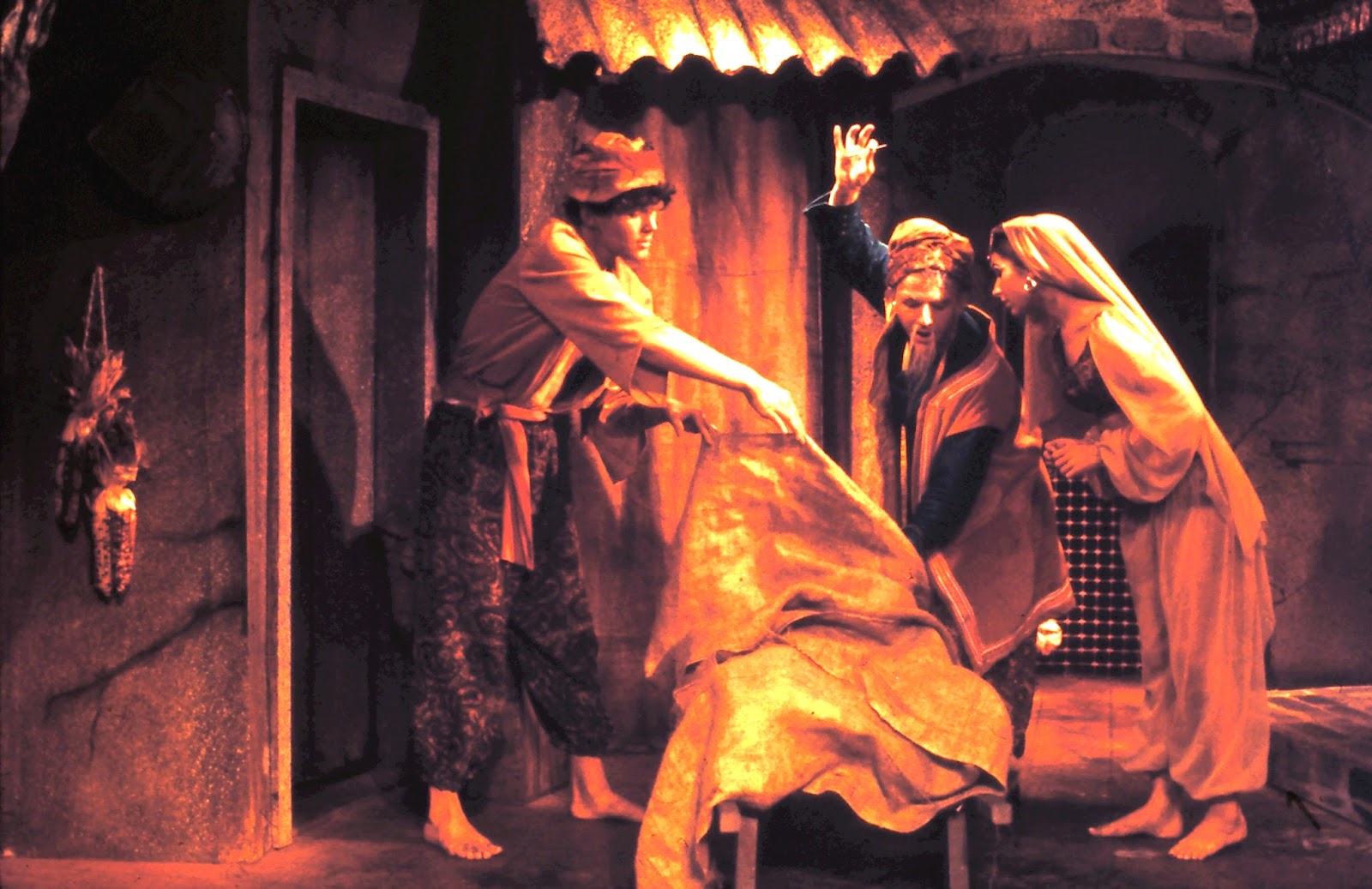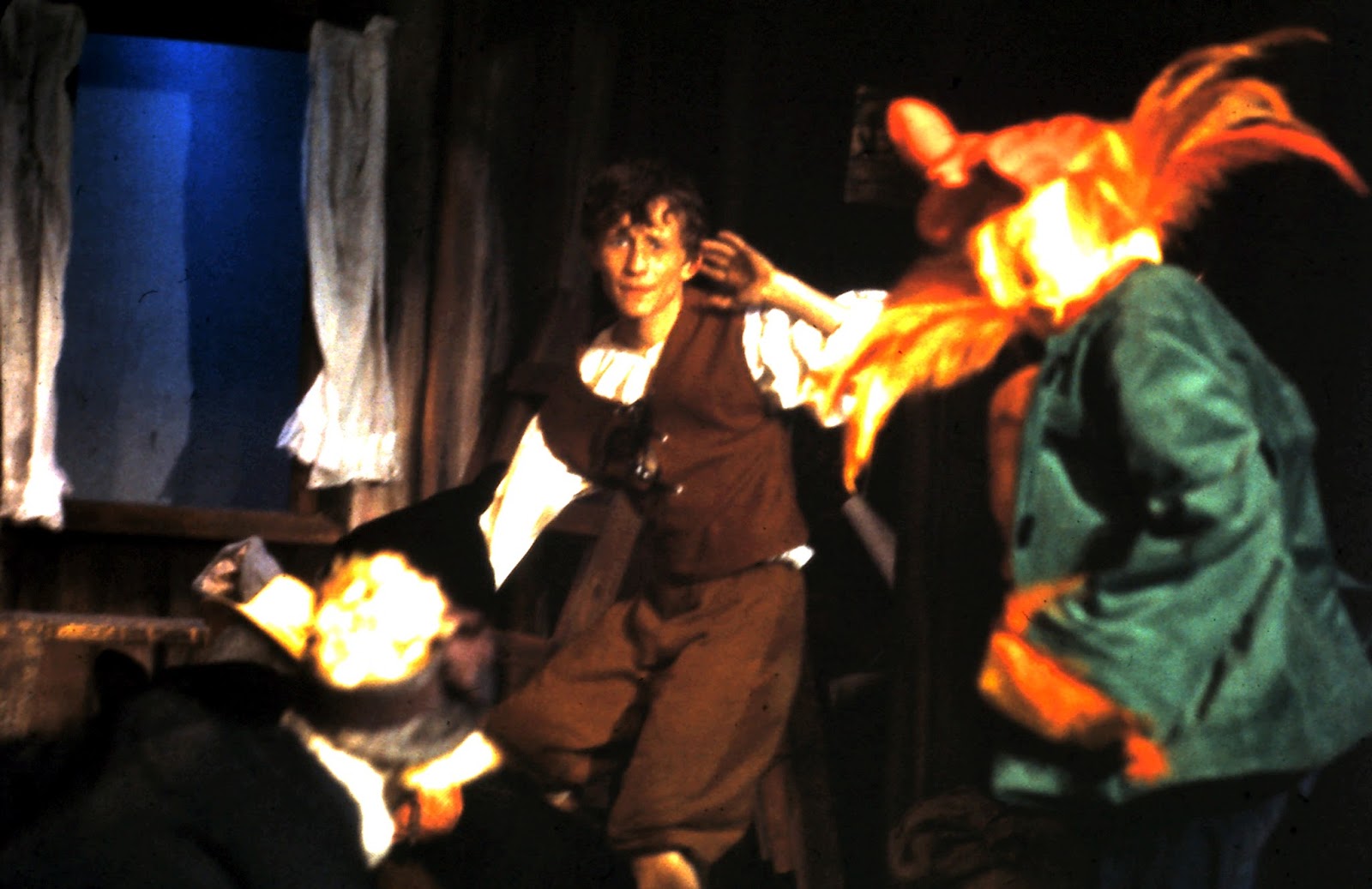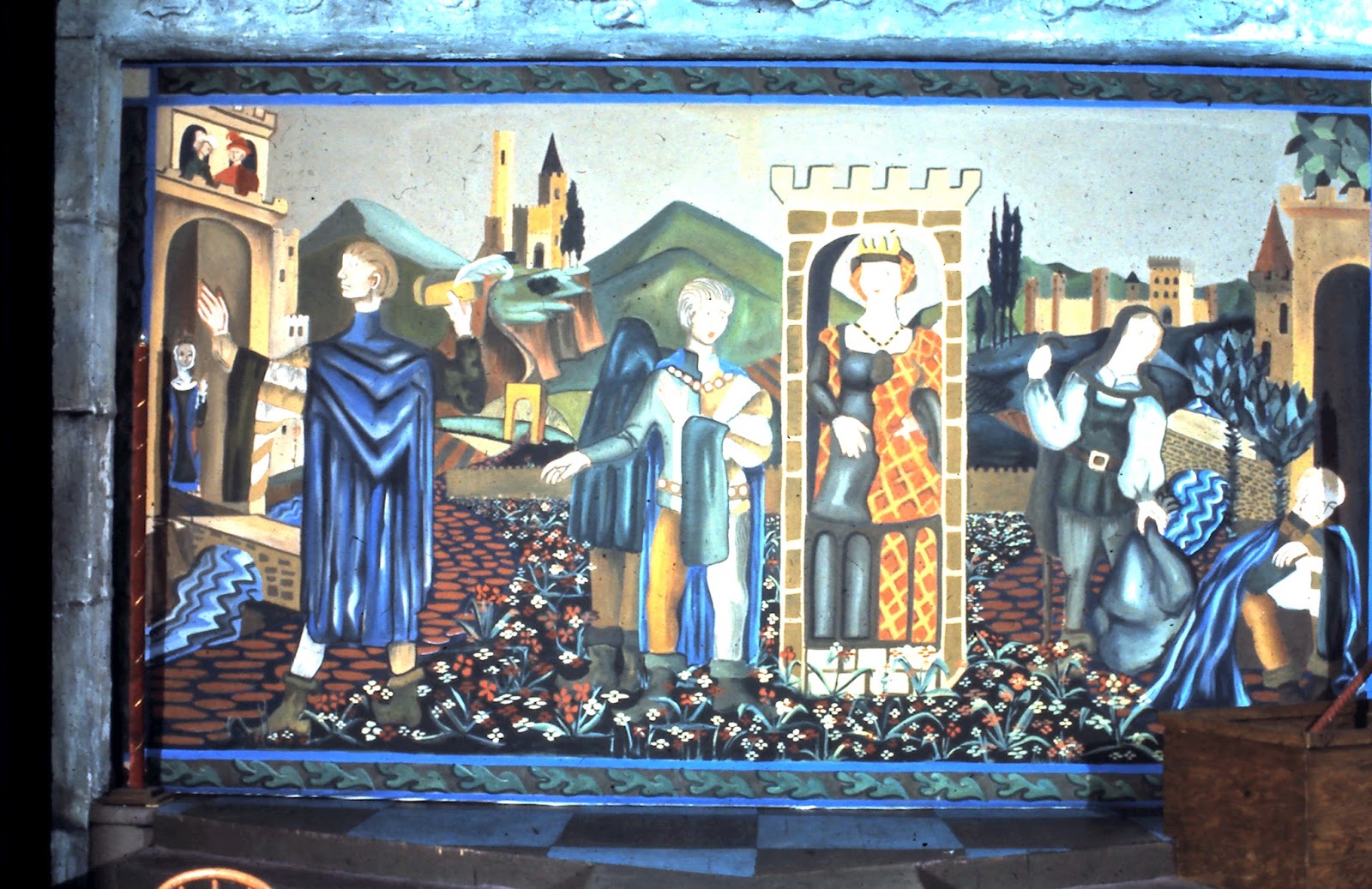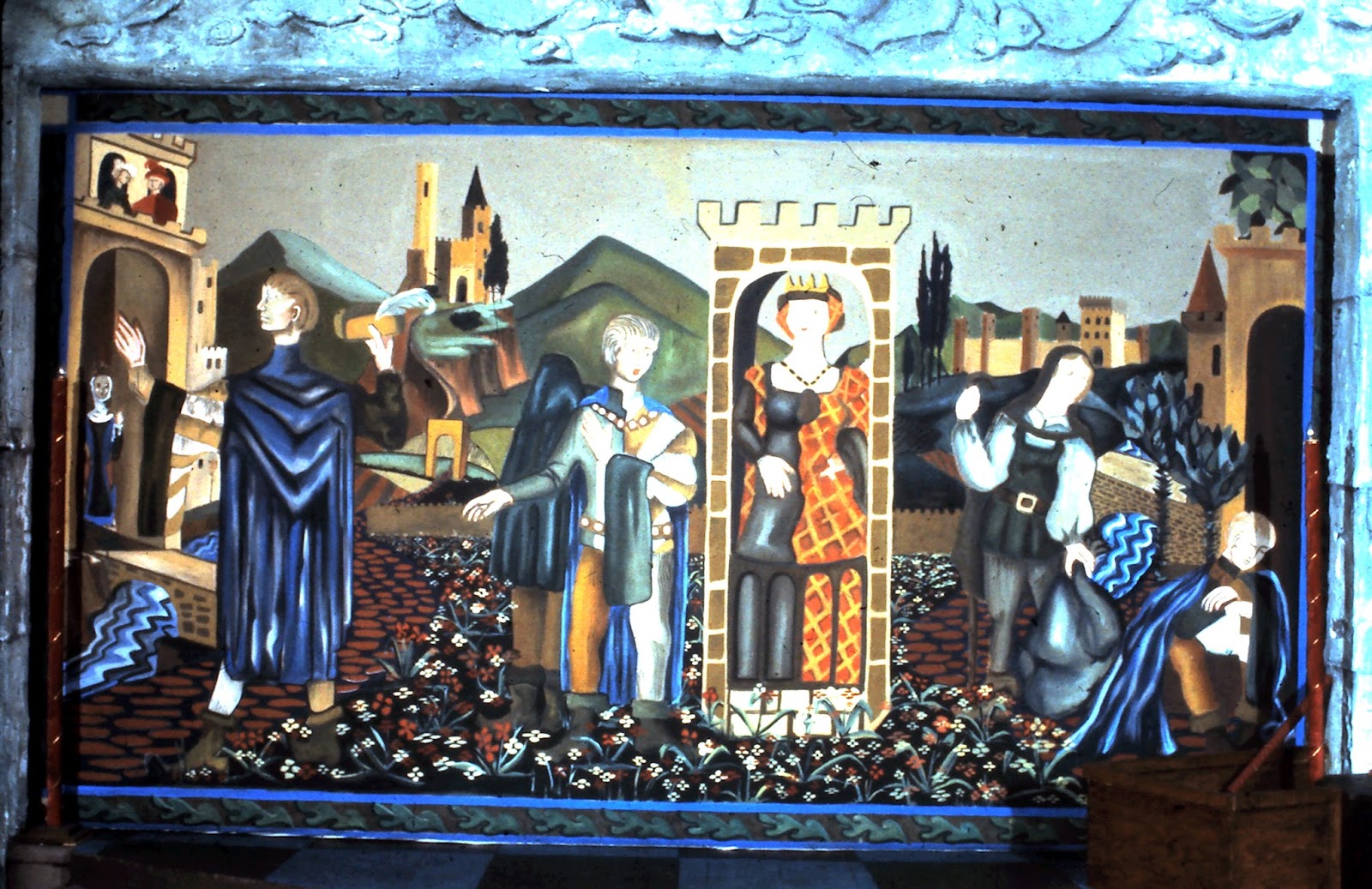Our dear friend and colleague Hiram Titus passed away Monday, September 16, 2013.
So much music was created by Hiram for The Children's Theatre Company and School. Following are links to just a few selections; you may also access more clips of Hiram's work by browsing through the show-specific pages of this blog. To access/download music, simply highlight the http url and right-click, follow the prompt, and you'll access the file or, in some cases, folder containing multiple files.
Hiram was active at CTC from 1971 into the new millenium.
From Hiram's first score for The Children's Theatre Company:
Two pieces from "A Wall" (1971).
Dialogue and lyrics by John Clark Donahue. Hiram conducting while at the keyboards.
"Into the Sun's Face"
"Yes, into the sun's face gaze on
Till blindness greets us.
Oh, yes -- into the sun's face
The reward is no sight.
Or vision quite complete."
Lead vocalist: Haimanot Alemu
http://www.mediafire.com/file/pgaz0i0r2x6fpm1/A_Wall_-_Into_the_Sun%2527s_Face.mp3/file
Finale: "My Name is Somebody"
"My name is Somebody
Who does not wish to be seen here.
But some unnatural forces draw my face towards a look at you
And that's a pity
For the more I gaze I find I cannot be."
Lead vocalist: Debbie Tice.
http://www.mediafire.com/file/76c8ix93idcejmz/My_Name_Is_Somebody.mp3/file
Link to the "A Wall" audio folder:
http://www.mediafire.com/folder/gs6kt48ha5yb9/A_Wall
One of Hiram's very favorite pieces -- the Baby Blessing from "Raggedy Ann and Andy"...
Lyric by Constance Congdon
Little One, welcome here
Sun and moon are drawing near.
All the creatures of the earth
Gather for another birth.
Fairies guard you in the night
Always near yet ever out of sight.
Since the dawn of time we've come
Blessing every single one:
Welcome home!
http://www.mediafire.com/file/pk35eyqz1i40o6e/R_%2526_A_Baby_Blessing.mp3/file
From "Hang On to Your Head": Sweeping orchestral score (theme "borrowed" from Tchaikovsky). Stunning work!
http://www.mediafire.com/folder/tbnjqd6pi51qc/Hang_On_to_Your_Head
Track 1: (Opening through Train Station)
Track 2:
Track 3:
Track 4:
Track 5:
Track 6:
Track 7:
Track 8: (The Rolled-Down Sock Club)
Track 9:
Track 10:
Track 11: (Mrs. Panky's Soliloquy)
Track 12: (The Garden)
Track 13: (Parade)
Track 14: (Finale)
From "The Secret Garden"
http://www.mediafire.com/folder/cazookispryo1/Secret_Garden
Selected Cues:
Old Ben:
A Bit of Earth:
The Door Unlocked:
Crocus:
Ayah's Lullaby:
Colin's Secret:
Please Let It Live:
Sunset (Finis) & Curtain Call:
From "A Room in Paradise" (Book & Lyrics by Timothy Mason)
http://www.mediafire.com/folder/cus1txxkcwsot/A_Room_in_Paradise
"Arrivals"
"It's Boredom" (Sara Schimke, Gerald Drake, Tom Foster, Susan Isenberg, Binky Wood, Thomas Olson)
"Oh, These Ladies!" (Gerald Drake, Tom Foster)
"Lessons in Love" (Thomas Olson, Sara Schimke)
"Spending the Night" (Susan Isenberg, Tom Foster, Bain Boehlke, Ensemble)
"Multiplication" (George Muschamp, Barry Goldman)
<
"A Game of Cat and Mouse" (Tom Foster, Binky Wood, Barry Goldman)
"Going to the Station" (Ensemble)
"Something Waking" (Thomas Olson, Sara Schimke)
"Me and the Horse and the Coachman" (Susan Isenberg, Tom Foster)
"A Room in Paradise (Finale)" (Ensemble)
From "Madeline and the Gypsies" 1972 -- Hiram at the piano and conducting.
Moliere's The Imaginary Invalid Lyrics by John Clark Donahue.
Opening:
Entr'Acte:
Finale:
From "The Mystery of the Tattered Trunk." A late 1920s luxury liner is the setting for a teen girl sleuth's mystery adventure. A collaboration with Thomas W. Olson, Wendy Lehr and Richard Russell Ramos.
Entire cue folder:
http://www.mediafire.com/folder/c577lqsbp6na5/Tattered_Trunk
Selected music cues:
Theme:
Ballroom Opening:
Tango:
Slow Dance:
Curtain Call:
From "Mr. Pickwick's Christmas": (Dialogue by Thomas W. Olson; Lyrics adapted from Charles Dickens)
Friends Well Met:
King of the Seasons:
Finale:
From "Treasure Island" (Playwright Timothy Mason)
Complete Music Excerpts:
http://www.mediafire.com/folder/8h0b8hx6cvl84/Treasure_Island
Sooooooo cinematic!
Select Highlights:
Shift into Bristol Port: (Older Jim Hawkins narration by playwright Timothy Mason; Trelawney narration by George Muschamp)
Setting Sail:
Sir Patrick Spence (Vocal: Tom Dunn) & Montage:
Land Ho!
Final Cue:
From "Ukrainian Tales"
Hiram composed and orchestrated this show with virtually nonstop music while, at the same time, creating "Pinocchio." Both productions opened within days of one another as inaugural productions in the new theater building, autumn of 1974.
http://www.mediafire.com/folder/43p3hyb5j33bu/Ukrainian_Tales
Select excerpts:
Opening:
Gypsy Camp:
Finale:
From "Pinocchio"
Complete cue folder:
http://www.mediafire.com/folder/oeb3idbikjii9/Pinocchio_Studio
Highlights:
Overture:
To School:
Pigacci's Puppet Theater:
Coach Ride (End Act One):
Death and Transformation:
Finale and Curtain Call:
From "Puss in Boots"
Lyrics by Sharon Holland
http://www.mediafire.com/folder/7selafzkk6dd1/Puss_in_Boots
Music Highlights:
Katmandu (Julee Cruise and Nate Peterson)
Singing Waiters
Finale:
From the 1996 production of "Linnea in Monet's Garden"
http://www.mediafire.com/folder/m9blwevon0ns6/Linnea_in_Monet's_Garden
Impressionist Afternoon:
Bicycle Ride:
Train:
From "Dr. Seuss's The 500 Hats of Bartholomew Cubbins" a collaboration with Timothy Mason. Selections from the 1980 original production.
Complete music cues:
http://www.mediafire.com/folder/9bpwwttab3nk2/Cubbins_1980_(Original_Cast)
Highlights:
Nothing Much Happens to Happen: (John Peitzman, Stephen Boe, Tom Dunn, Wendy Lehr)
To Town & Hats Off: (Ensemble)
Boys Like Me: (Tom Dunn, Mario Bravo)
How Happy I Was: (John Peitzman, Stephen Boe, Tom Dunn)
Magicians:
I Was Happy to Know You: (Garth Schumacher, John Peitzman)
Finale and Curtain Call: (Full Cast)
BONUS Music Tracks:
For several years, at holiday time, Hiram would appear at the piano in the the Grand Atrium of City Center in downtown Minneapolis and improvise themes on traditional Christmas carols. He recorded a number of these improvisations...
Right click the link and download the folder.....
http://www.mediafire.com/folder/vv62i48439l9d/Titus_Christmas
 |
| Hiram as a new staff member at The Children's Theatre Company circa 1972. Fair Oaks Park. L to R: Wendy Lehr, Hiram Titus, Steven Rydberg, Rise Ferster, Chris Mulkey, Bain Boehlke. |


























































































































.JPG)

.JPG)

.JPG)

.JPG)

.JPG)

.JPG)

.JPG)

.JPG)






























































































